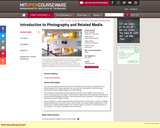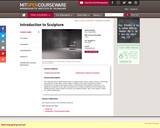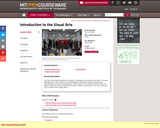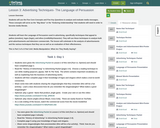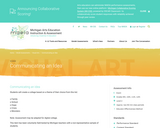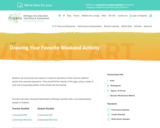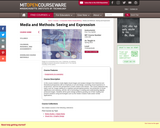This is a visual arts performance assessment created by the Michigan Arts Education Assessment and Instruction project (MAEIA).
Communicating an Idea:
Students will create a collage based on a theme of their choice from this list:
o Family
o School
o Hope
o Crisis
o Monsters
Note: Assessment may be adapted for digital collage.
This item has been voluntarily field-tested by Michigan teachers with a non-representative sample of students.
This performance assessment addresses the following standard(s):
Content Standard(s):
ART.VA.I.HS.2 – Intentionally use art materials & tools when applying techniques & skills to communicate ideas.
Performance Standard(s):
P.1 – Students can intentionally select and apply materials and organizational principles to solve specific visual arts problems.
VPAA Guideline(s):
P.1 – Apply the techniques, elements, principles, intellectual methods, concepts, and functions of the visual, performing, or applied arts discipline to communicate ideas, emotions, and experiences; address opportunities to improve daily life; and solve problems with insight, reason, and competence.
NCAS Anchor Standard(s):
VA:Cr2 – Organize and develop artistic ideas and work.
Click view resource to access more information about the item, including the teacher and student booklets and the scoring rubric(s).
